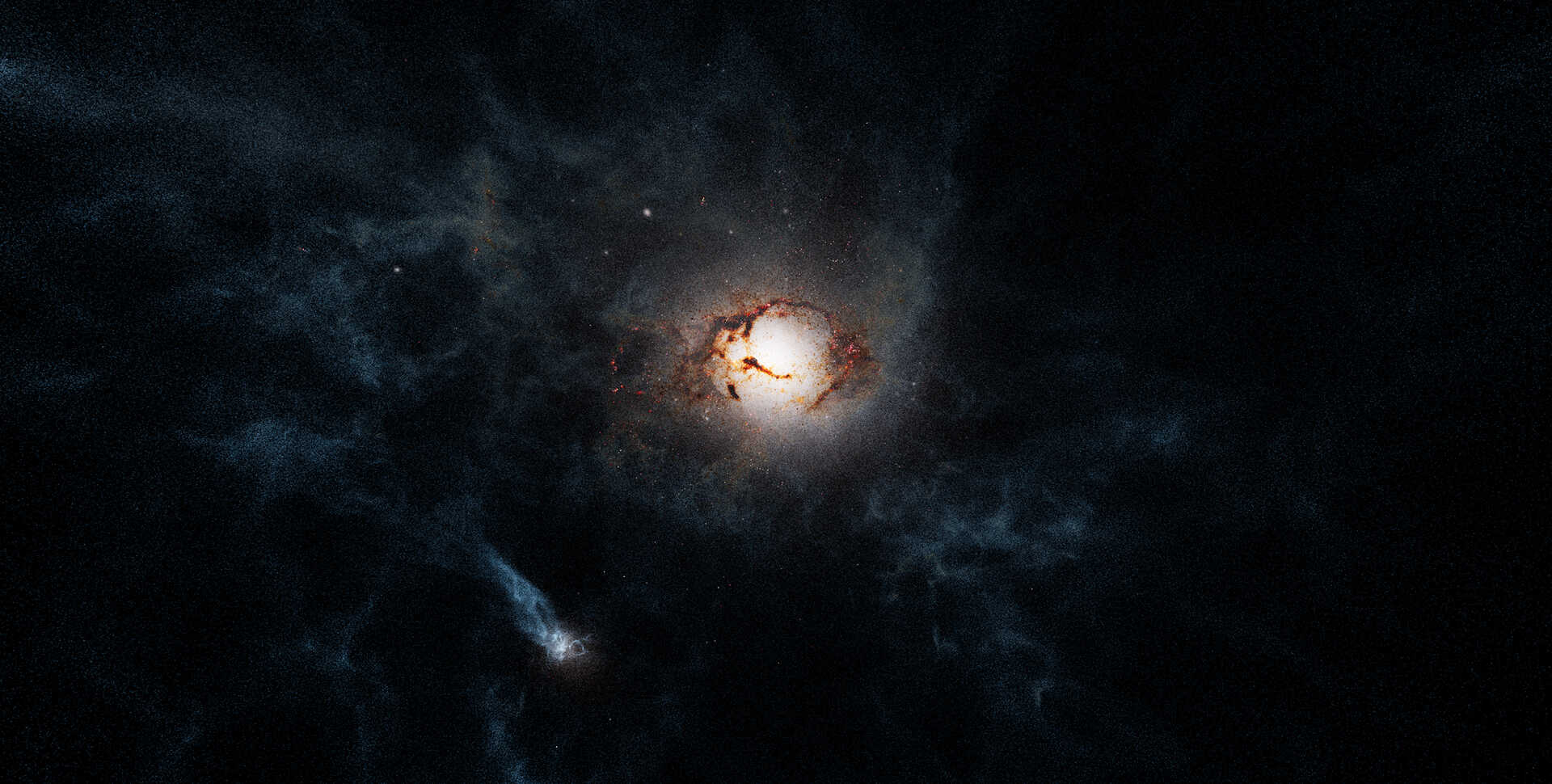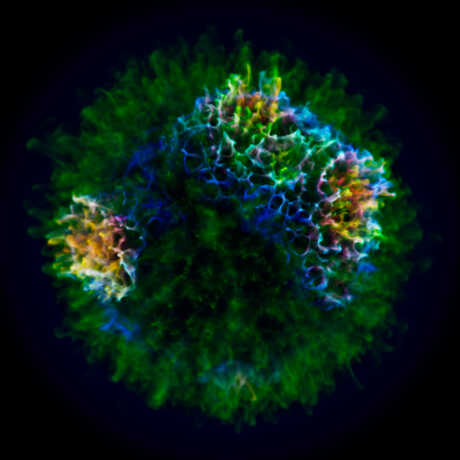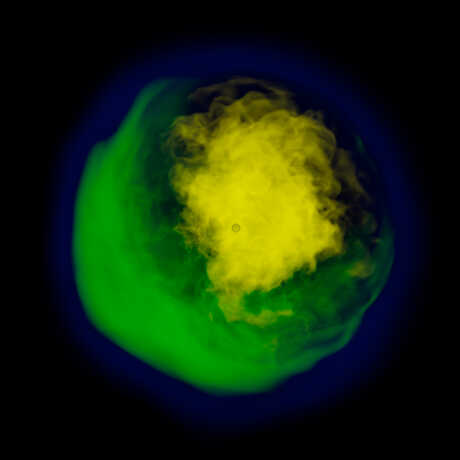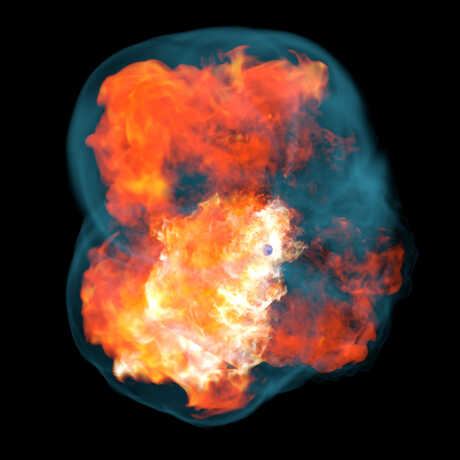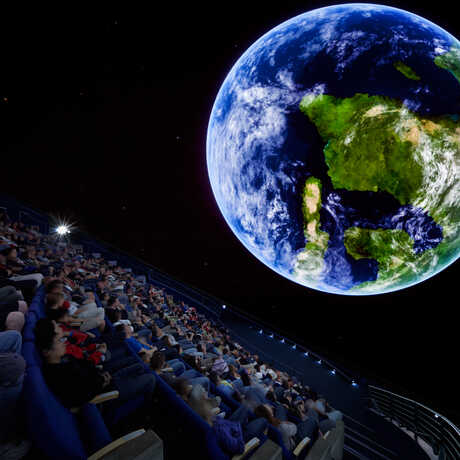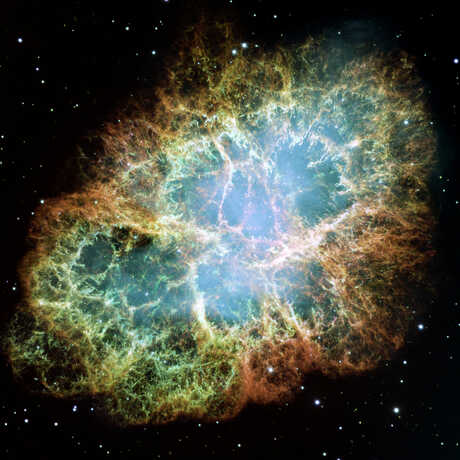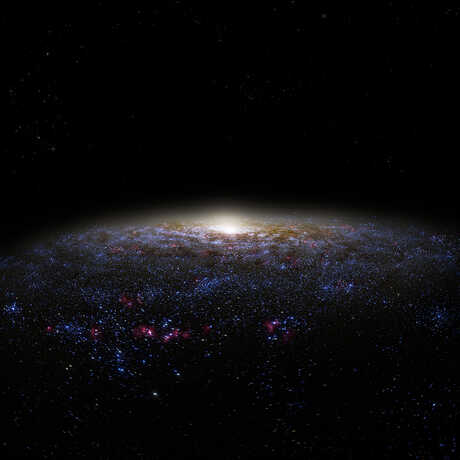Everything in the Universe is composed of different combinations and concentrations of the same 94 naturally occurring elements. Their source? Stars. Spark offers a dynamic new perspective on the periodic table of the elements, revealing how stellar phenomena created and dispersed the raw materials of galaxies, planets, and us.
Above: A simulation of an x-ray view of Cassiopeia A, a supernova remnant. When certain types of stars die, they explode into supernovae, which scatter elements into space.
